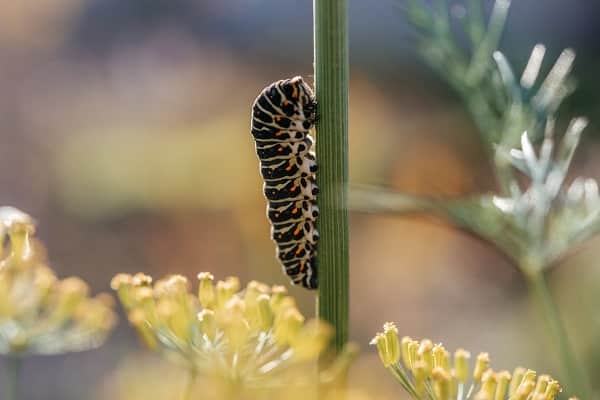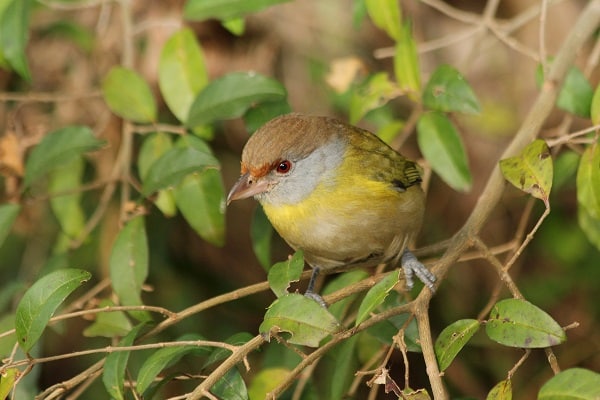Every gardener, whether a novice or a seasoned veteran, understands the importance of maintaining a healthy garden. It’s a place where flowers bloom, vegetables grow, and you feel at peace, connecting with nature. However, your peaceful oasis can be invaded by uninvited guests – pests. These unwelcome creatures can wreak havoc on your plants, turning a flourishing garden into a landscape of devastation. In this post, you will explore some of the key signs that may indicate a pest problem, enabling you to take quick and effective action.
Contents
- 1 Understanding Common Garden Pests
- 2 Physical Damage To Plants
- 3 Unusual Plant Behavior
- 4 Presence Of Pest Droppings
- 5 Unexplained Soil Disturbances
- 6 Sighting Of Pests
- 7 Signs Of Nests Or Colonies
- 8 Increased Bird Or Predator Activity
- 9 Prevention And Pest Control
- 10 When To Call A Professional
- 11 Be Aware Of The Signs Of Garden Pest Problems!
Understanding Common Garden Pests
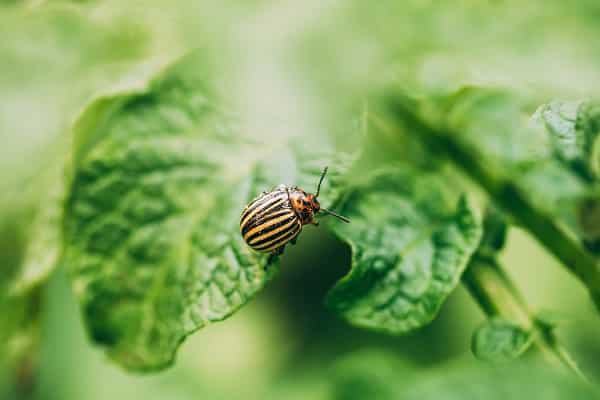
In order to tackle a pest problem effectively, it’s crucial to identify the culprits accurately. Common garden pests vary across different geographical locations, but some universal pests include aphids, caterpillars, beetles, slugs, snails, and rodents. Understanding the habits, lifecycles, and preferred food sources of these pests can help in creating a targeted approach to pest control.
Each pest leaves a specific type of damage in its wake. For instance, slugs and snails are notorious for their distinctive slime trails and ragged holes on leaves and flowers, while aphids cause yellowing leaves that often curl and distort. Recognizing these individual signs can aid in prompt and correct pest identification.
Physical Damage To Plants
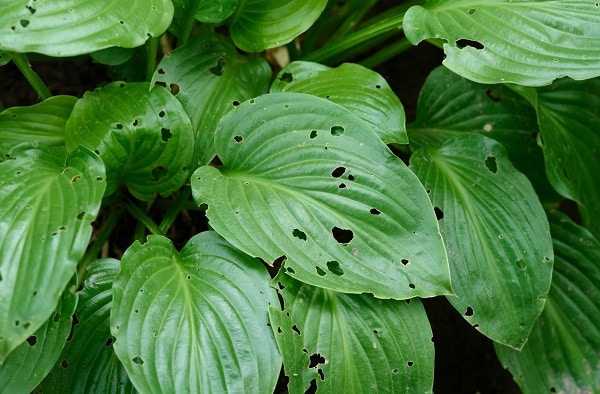
Physical damage to your plants is usually the first sign that pests have made your garden their new home. Symptoms might vary depending on the type of pest. Holes in the leaves, nibbled edges, or even entire leaves that have been devoured are signs of infestation. Moreover, the damage might not be limited to the foliage; fruits and flowers can also bear the brunt of a pest attack.
Insects like beetles and caterpillars are common culprits behind visible leaf damage. They feed on the foliage, leaving a trail of destruction that’s hard to miss. Some pests are not as conspicuous, causing damage to the plant’s internal systems, which may not be immediately visible. Nevertheless, any sudden or unexplained physical damage to your plants should be taken as a warning sign.
Unusual Plant Behavior
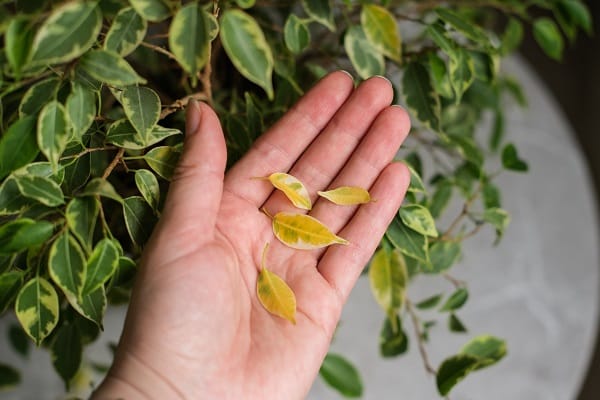
Plants often respond to pest invasions with changes in their behavior, serving as an early warning system. For instance, you might notice that your plants are wilting even though they’re receiving enough water. Or perhaps the growth of your plants has slowed significantly, and their leaves are turning yellow or showing other discolorations.
In many cases, these signs can be an indication of a pest problem. Pests can introduce diseases or suck out essential nutrients from the plant, causing these unusual behaviors. For example, aphids, tiny insects that feed on the sap of plants, can cause leaves to curl and discolor. It’s essential to monitor your plants’ health closely and look for any changes that may signal a pest invasion.
Presence Of Pest Droppings
Another clear sign of a pest problem in your garden is the presence of pest droppings. These can vary greatly in appearance, depending on the type of pest. Insect droppings or ‘frass’ are typically small, round, or cylindrical and often found on leaves or around the base of the plant. On the other hand, larger pests, such as rodents, leave larger, distinctive droppings.
Identifying pest droppings can help you understand what type of creature you’re dealing with. For instance, slug and snail trails are shiny and silver-like when dry, while caterpillars’ droppings are small, round, and hard. Rat and mouse droppings are larger, typically dark and oval-shaped. This information can guide you toward the correct pest control method.
Unexplained Soil Disturbances

Soil disturbances are often a sign of underground pests. These can include pests like moles, grubs, or even ants, which might cause mounds of soil, uneven ground, or even holes in your garden. These pests burrow into the ground, feeding on roots and tubers, and can cause significant damage to your plants if not addressed timely.
It’s essential to look out for patches of dead or discolored grass, wilting plants, or visible tunnels or mounds in your soil. Grubs, the larvae of beetles, feed on the roots of plants, which can lead to yellowing or browning of your lawn. Moles create tunnel systems and molehills, which can disturb your garden’s aesthetics and health. Understanding these signs can lead to early detection and resolution of your garden’s pest problem.
Sighting Of Pests
One of the most obvious signs of a pest problem is actually seeing the pests in your garden. Regular garden inspections, particularly in the early morning or evening when many pests are most active, can help in identifying a potential problem. From insects on the leaves or soil to snails and slugs around your plant beds to rodents darting across your lawn, direct sightings can quickly confirm a pest issue.
While finding a few insects in a garden is natural, an unusual increase in their number should be a cause for concern. Similarly, spotting a single rodent could indicate a larger, hidden infestation. Be vigilant about these sightings and take action before the pests have a chance to multiply and inflict serious damage to your garden.
Signs Of Nests Or Colonies
Another significant sign that pests have invaded your garden is the presence of nests, hives, or colonies. Some pests, such as ants, bees, wasps, and rodents, live in large groups and create structures to house their colonies. These can often be found in trees, shrubs, or even hidden in the ground.
Ant hills in your lawn or wasp nests in trees are clear indications of a pest issue that needs to be addressed. Similarly, if you discover burrows or holes that may be entrances to rodent nests, it’s a signal that you need to take action. It’s crucial to remember that tackling nests or hives can be dangerous and might require professional pest control services, especially in the case of stinging insects.
Increased Bird Or Predator Activity
An increase in bird or predator activity in your garden could signify an underlying pest problem. Birds, hedgehogs, and other predators are naturally attracted to areas with abundant food sources – and garden pests can serve as a plentiful buffet. If you notice more of these predators frequenting your garden, it might be time to investigate a potential pest issue.
An uptick in bird activity can be particularly indicative of an insect infestation. Birds pecking at your lawn, for instance, may be a sign of grubs or other insects residing within your turf. Similarly, if you observe a sudden surge in the number of hedgehogs or other predatory animals, it’s worth examining your garden closely for signs of pests that these creatures feed on.
Prevention And Pest Control

Preventing pests from invading your garden in the first place is always the best course of action. This can be achieved by practicing good garden hygiene, such as regularly clearing fallen fruits and leaves, which can attract pests. Also, consider introducing natural predators into your garden, like birds and insects that feed on pests.
If you’ve already noticed signs of a pest problem, it’s time to take control measures. The methods used will depend largely on the type of pests you’re dealing with. These can range from organic solutions like homemade sprays, pest-repelling plants, and natural predators to chemical pesticides or traps for larger pests. Remember, some pests can be beneficial for your garden’s ecosystem, so ensure to research and consider an integrated pest management approach.
When To Call A Professional

While many garden pest issues can be handled effectively at home, there are times when it may be necessary to call in the professionals. Large or dangerous infestations, such as wasp nests or a widespread termite problem, should be left to experts. Professionals have the knowledge, equipment, and protective clothing to handle these situations safely and efficiently.
Professional pest control services can also be helpful if you’ve tried DIY methods without success. If the infestation keeps returning or if the pest is unknown to you, professional pest controllers can identify the species and choose the most effective treatment. Their expertise could be the key to restoring your garden’s health and vitality.
Be Aware Of The Signs Of Garden Pest Problems!
Recognizing the signs of a garden pest problem is the first step toward protecting your green sanctuary. From physical damage to plants and unusual plant behavior to the presence of nests and increased bird activity, these signs act as an early warning system, allowing you to act promptly. Remember, a quick response can save your garden from severe damage. Hopefully, this guide helps keep your garden healthy, thriving, and free from harmful pests.

